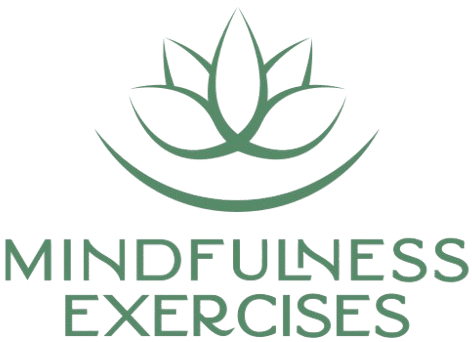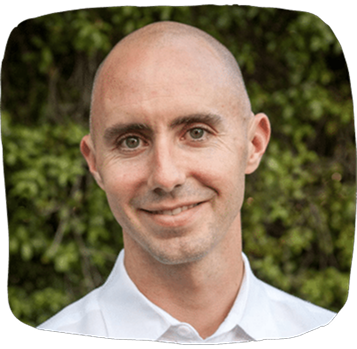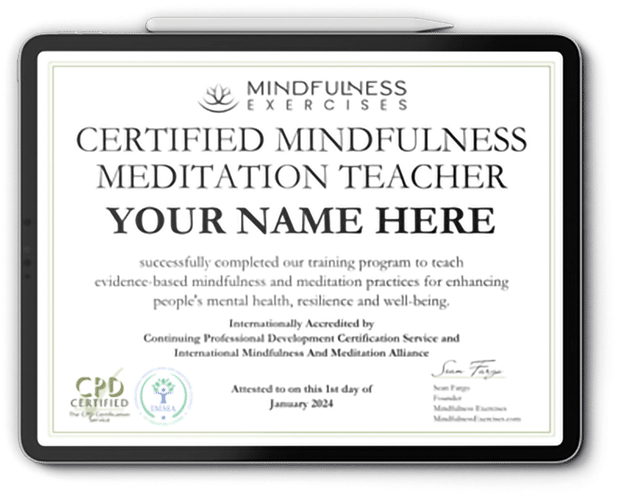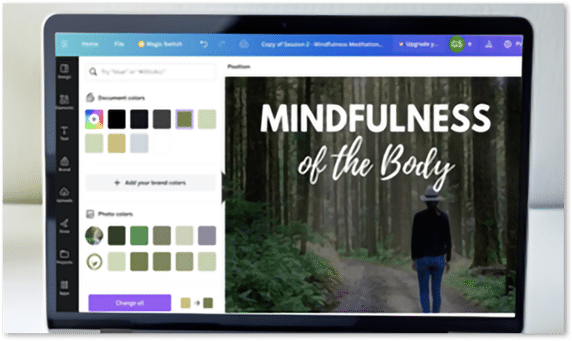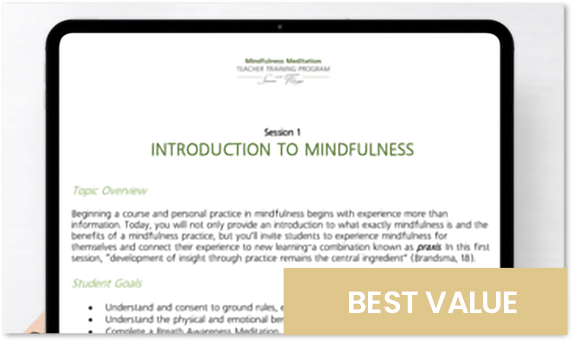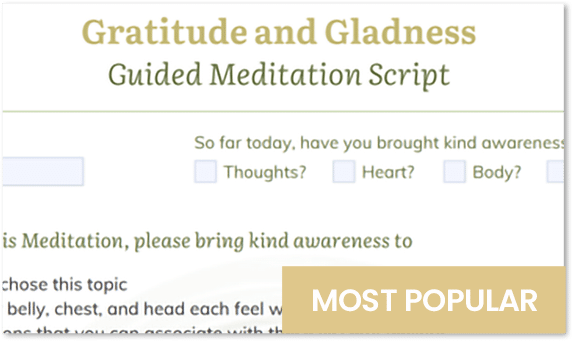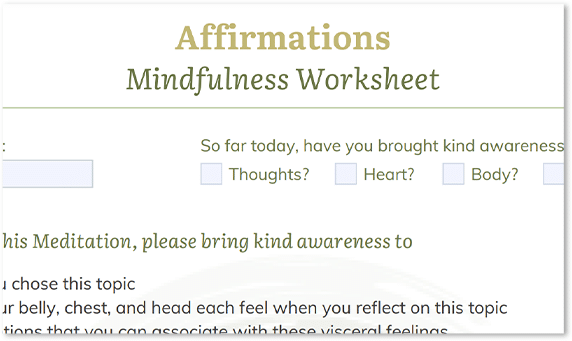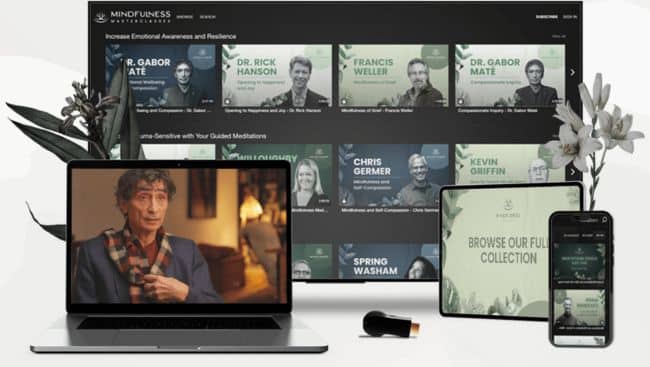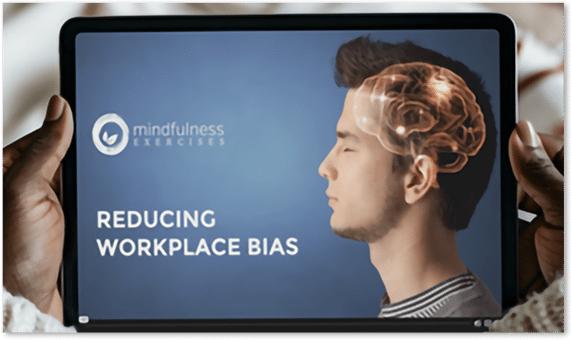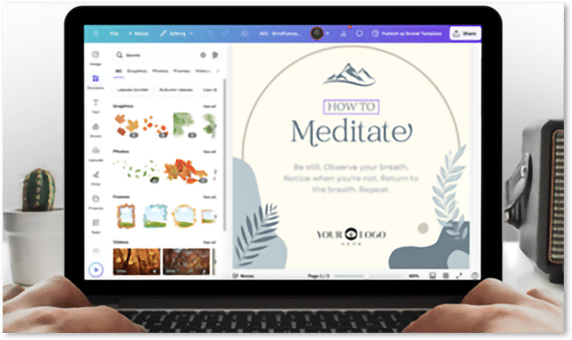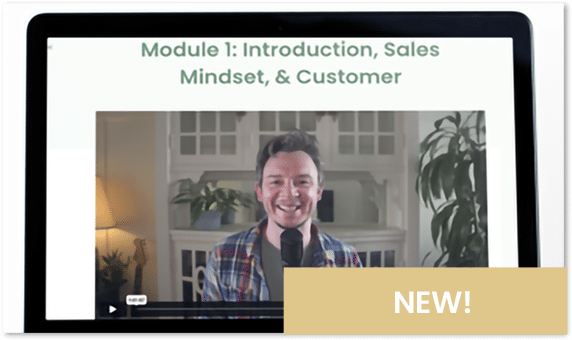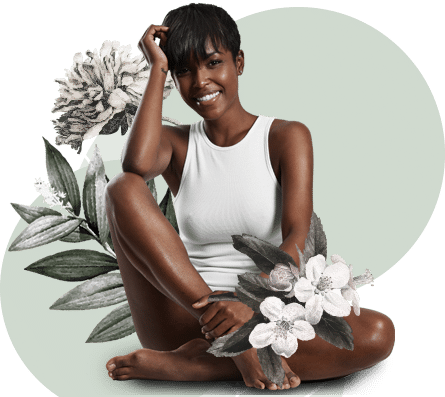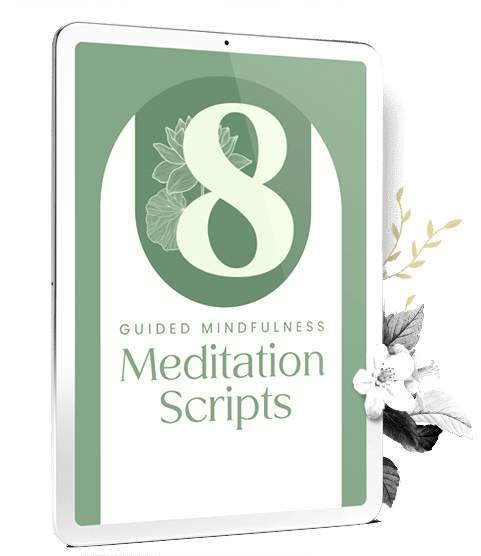Mindfulness isn’t only a practice — it’s a living inquiry into how we relate to ourselves, others, and the world. Each week, I share conversations and reflections that deepen our understanding of awareness and compassion.
This week, I had the great joy of speaking with Dr. Dan Siegel, a pioneering voice in the integration of mindfulness and neuroscience. He’s the NYTimes bestselling author of Mindsight, Brainstorm, Aware, No Drama Discipline, and The Mindful Therapist.
Our conversation explored some of the most profound questions in the field: What is the mind? What keeps us from feeling whole? How can mindfulness be tailored to fit our unique personalities and patterns?

This week, I had the great joy of speaking with Dr. Dan Siegel, a pioneering voice in the integration of mindfulness and neuroscience. He’s the NYTimes bestselling author of Mindsight, Brainstorm, Aware, No Drama Discipline, and The Mindful Therapist.
Our conversation explored some of the most profound questions in the field: What is the mind? What keeps us from feeling whole? How can mindfulness be tailored to fit our unique personalities and patterns?
Here are this week’s 3 Mindful Insights inspired by our talk.
What I’m Learning: A Workable Definition of the Mind
Dr. Siegel describes the mind as “an embodied and relational, self-organizing process that regulates the flow of energy and information.”
He emphasizes that integration — linking differentiated parts of our inner and outer experience — is the essence of mental health. When integration is blocked, we experience chaos or rigidity. When it’s cultivated, it manifests as kindness, compassion, and flexibility.
Here’s a quick integration practice you can try right now:
- Notice what’s here.
- Name one signal outside the body (sight or sound),
- one inside the body (heartbeat, breath),
- one in the mind (emotion, thought),
- and one between yourself and others (a sense of connection).
Which of these areas could use a little linking today?
This simple act of naming helps weave awareness across domains — grounding you in the fullness of the present moment.
What I’m Practicing: The Wheel of Awareness
Dr. Siegel’s Wheel of Awareness is one of the most accessible frameworks for cultivating mindful presence.
At the hub is pure awareness — the knowing space itself. Around the rim are four segments of “knowns”:
- Outer senses: sight, sound, touch, taste, smell
- Inner body: interoception, proprioception
- Mental activity: emotions, thoughts, memories
- Interconnectedness: our felt sense of belonging
Here’s a short 5-minute practice inspired by the Wheel:
- Begin in the hub — resting as open awareness.
- Notice one sound, one sight, or one touch.
- Shift attention inward — the breath, heartbeat, or body temperature.
- Observe one emotion or thought, gently naming it.
- Sense the space between you and others — the field of connection.
- Return to the hub. What feels more integrated now?
Even brief moments of “linking” awareness like this can dissolve separation and foster deep calm.
What I’m Exploring: Mindfulness by Temperament and Personality
Dr. Siegel’s recent work bridges brainstem drives (Agency, Bonding, and Certainty) with attention patterns (inward, outward, or toggling). Together, these create nine recurring personality tendencies — each with its own mindfulness growth edge.
For example, in the Harmonizing pattern (similar to Enneagram Type 9), the challenge is learning to own one’s needs and allow anger to arise safely, rather than merging or avoiding conflict.
Here are a few reflective prompts to explore:
- Which drive is most alive right now — Agency, Bonding, or Certainty?
- If your attention often moves outward to others, what’s one need in your own body you could honor today?
- What would taking a 5% stronger stand for yourself look like?
Try this 9-minute mindfulness flow in your next session or personal practice:
- Center (1 min): Breathe and adjust posture.
- ABC Check-in (2 min): Notice which drive is most active.
- Wheel Practice (5 min): Move through the four segments.
- Growth Edge (2 min): Name one action aligned with your edge.
- Close (30 sec): Offer gratitude and intention for the day ahead.
(Trauma-sensitive note: eyes open if preferred, and always allow choice and pacing. Resource first, process second.)
Closing Reflection
Dr. Dan Siegel’s insights remind us that mindfulness isn’t only about noticing the breath — it’s about linking body, mind, and relationship into one integrated whole.
Whether you’re a teacher, therapist, or lifelong student of awareness, his approach bridges science and soul — showing us that true mindfulness is both embodied and relational.
